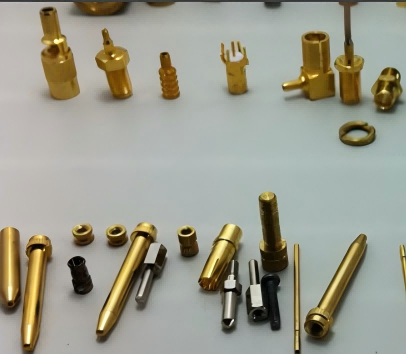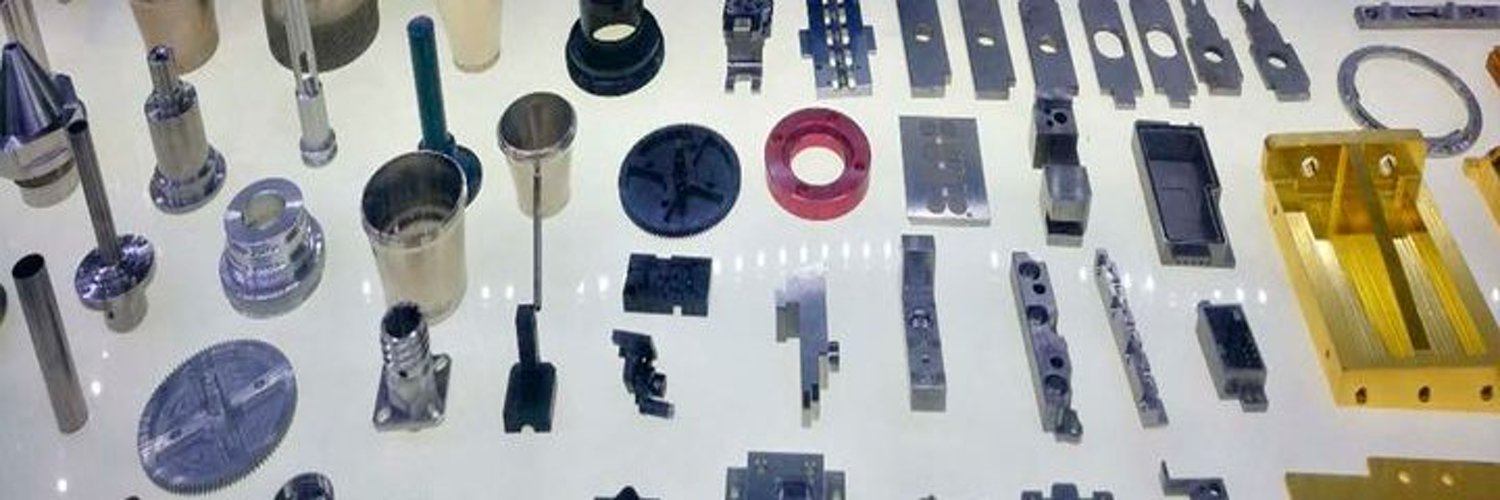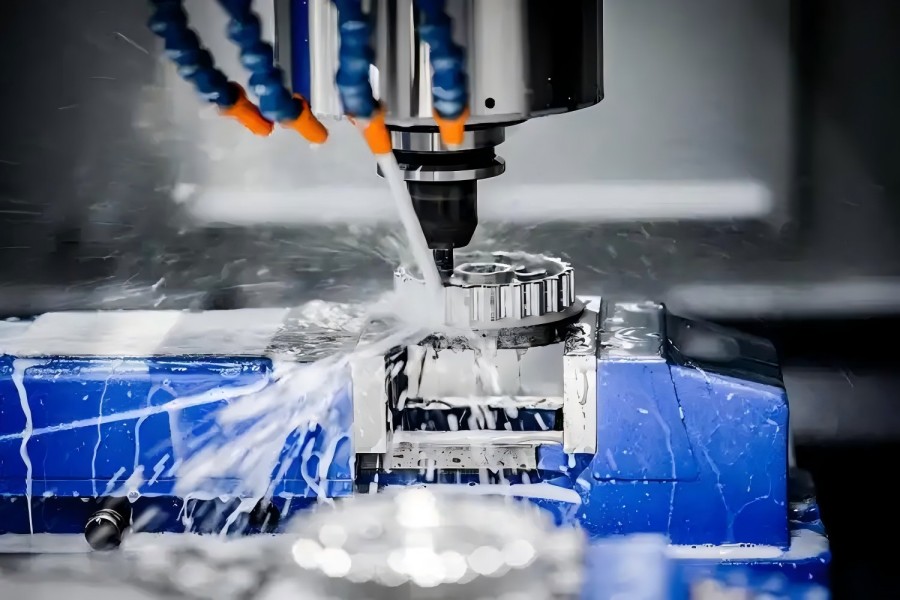- Guangzhou Sinoth Import and Export Co., LTD
Tel: 020-8968-8980
Website:www.gzsynoth.com
Email: belinda@dginfa.com(24 hours online)
Phone: +86 189 2740 6786
Address: No 5, Jinshi Three Street, Shiling Town, Huadu District,Guangzhou City, Guangdong Province
Medical devices need to contact the human body, its processing requirements are very strict, surface treatment process needs to pay attention to, then what surface treatment process? Here is a brief introduction:

Rough treatment: through mechanical or chemical methods to form a certain roughness on the surface of the instrument, increase the surface area, improve the surface energy of the material, thereby enhancing its adhesion and wear resistance.
Cleaning treatment: use physical or chemical methods to remove dirt, grease and other harmful substances on the surface of the instrument, to ensure that the surface of the instrument is sterile, non-toxic, to avoid contamination and cross infection.
Coating treatment: by coating the surface of a layer of special materials, such as polyurethane, acrylic, etc., can improve the corrosion resistance, wear resistance, antibacterial properties of the surface of the instrument, and improve the appearance and feel of the instrument.
Polishing treatment: through mechanical or chemical methods to polish the surface of the instrument, so that the surface is smooth, reduce the space for bacteria to breed, while increasing the beauty and feel.
Degreasing treatment: through chemical methods to remove the organic matter on the surface of the instrument, reduce the impact of adhesive, grease and other pollutants on the instrument, improve the adhesion and durability of the instrument.
Laser processing: the surface of the instrument is processed by laser, and the manufacture of fine processing and micro-structure can be achieved, so as to improve the functionality and performance of the surface of the instrument.
Plasma surface treatment: Through the plasma surface treatment process for the surface treatment of the instrument, you can remove microscopic pollutants, but also improve the surface performance, such as: adhesion, wettability and other characteristics.



